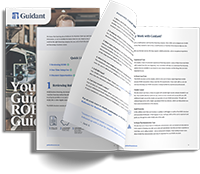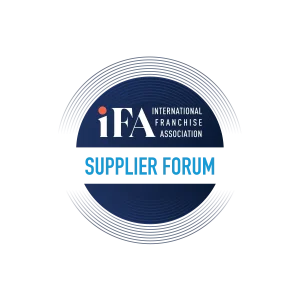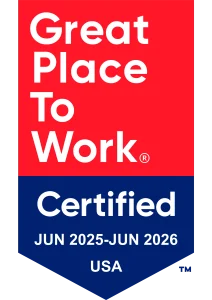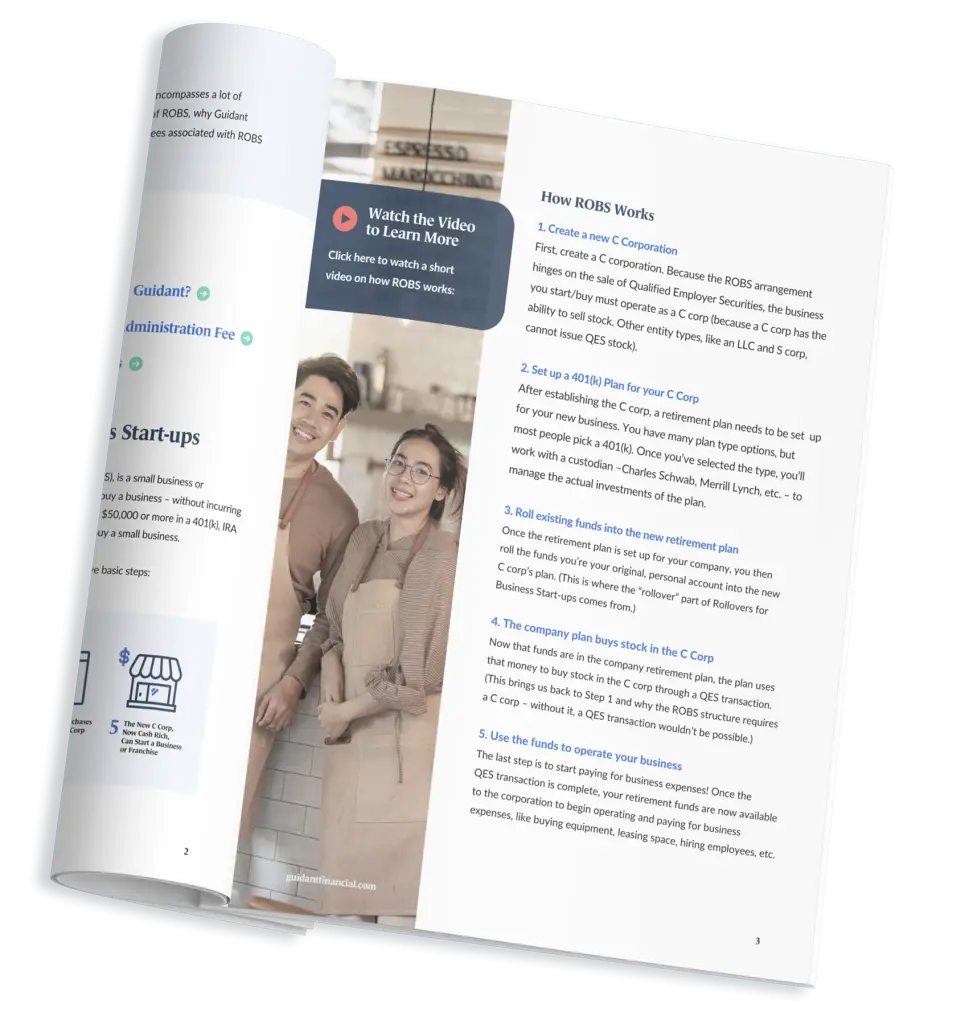2019’s Top 5 Frozen Yogurt Franchise Brands
The frozen yogurt sector overall is expected to grow revenues modestly through 2019, at a forecast 1.6 percent, according to IBISWorld. A look at the financial results for the top five frozen yogurt franchises reflects that slow-growth picture, with the top five expected to register revenue gains in 2019.
Note: The top five franchises are all private and do not report financial results, so all results are IBISWorld estimates.
American consumers are fond of healthy desserts like froyo, driving recent revenue gains for the top five frozen yogurt franchises despite an industry-wide contraction. The overall trends still look good for well-positioned franchises despite past oversaturation continuing to affect the industry.
Top Five Frozen Yogurt Franchise Brands in 2019
#1 
Menchie’s Franchisee Stats
- Initial Investment: $21,8325 – $38,5158
- Initial Franchise Fee: $40,000
- Required Net Worth: $300,000
- Liquid Cash Required: $120,000
- Royalty Fee: 6%
Menchie’s Frozen Yogurt is the clear market share leader, with 19.1 percent of the overall frozen yogurt market in the nation. Menchie’s is also expected to be more successful financially than the sector overall, with franchise sales forecasted to rise nearly 9 percent in 2018, to $194 million.
Because of its success, southern California-based Menchie’s has been able to consistently grow its franchise network, even as competing chains have reduced theirs. Menchie’s had an estimated 477 franchise locations in 2017, a nearly 70 percent climb from its 281 locations in 2013.
Menchie’s markets to health-conscious consumers, who can choose among nonfat, low-carbohydrate, no added-sugar, gluten-free, vegan and dairy-free options. These offerings are in a wide range of 94 flavors, with over 70 possible toppings, although individual stores usually keep these in rotation, providing a maximum of 16 flavors at a time.
#2
Yogurtland Franchisee Stats
- Initial Investment: $298,700 – $693,300
- Required Net Worth: $250,000 – $400,000
- Liquid Cash Required: $200,000
- Royalty Fee: 6%
Yogurtland is in the number two position in terms of market share, with 15.7 percent of the market and 2818 stores. Its revenue grew at an estimated 2.1 percent annualized rate during the 2013-2018 period, to hit $159.7 million in 2018. Its revenue and store location growth are especially impressive given that store locations fell in the 2014-2015 and 2015-2016 periods.
Along with Pinkberry and Menchie’s, Yogurtland pioneered the use of an interactive self-serving model, in which customers who mix and match their yogurt and toppings as they choose. Yogurtland also offers an option where customers can add their own yogurt to the mix.
#3
Red Mango Franchisee Stats
- Initial Investment: $193,500 – $466,000
- Initial Franchise Fee: $30,000
- Required Net Worth: $350,000
- Liquid Cash Required: $200,000
- Royalty Fee: 6%
Red Mango is in the third slot in terms of market share, with 9.1 percent of the market. Sales from both franchised and company-owned stores rose at a 2.5 percent annualized rate from 2013 to 2018, to reach $92.7 million. Red Mango expanded quickly in-store locations, from 2013’s 170 stores to an estimated 2018 number of 191.
Red Mango’s business is broader than some of its competitors. Red Mango locations also offer parfaits, smoothies, freshly squeezed juices, wraps, and salads. It has also ramped up its health-conscious appeal, marketing the lack of artificial flavors and preservatives in the products. Its yogurt carries a Live and Active Cultures seal, indicating certification by the National Yogurt Association.
The company offers three types of stores, which is a major differentiator in the sector – most frozen yogurt stores have just one type. Red Mango offers self-serve stores, full-service stores, and kiosks. Its strategy is also to offer stores both in large urban areas, such as Los Angeles, but also near or on college campuses in smaller towns.
Unlike Menchie’s and Yogurtland, which both originated in southern California, Red Mango began in South Korea, although its U.S. base of operations is currently also in southern California.
#4
TCBY Franchisee Stats
- Initial Investment: $143,800 – $343,400
- Initial Franchise Fee: $19,900
- Required Net Worth: $200,000
- Liquid Cash Required: $100,000
- Royalty Fee: 6%
TCBY’s 9 percent market share places it in the fourth position among the top five franchises. TCBY (an acronym for The Country’s Best Yogurt) is in many ways the granddaddy of all frozen yogurt franchises, having developed the concept and rolled out its stores in the early 1980s. The company ruled as king of the frozen yogurt market and expanded to 3,000 stores by the 1990s.
As frozen yogurt began more common throughout the U.S., however, TCBY’s revenues fell. Ultimately, franchisees had to sell roughly two-thirds of then-existing stores. The current number of establishments stands at 350.
TCBY has tried innovative methods of appealing to its customer base, including widely adopting its competitors’ self-serve methods in about half the locations. Some stores have a dessert shop that pairs TCBY products with Mrs. Fields, the cookie and dessert brand. These also offer healthy options, including a vegan option. The stores also offer muffins, coffee, and cookie-and-yogurt sandwiches.
Nonetheless, the company’s financial results are below those of the top three franchises. While the top three revenues rose modestly in the 2013-2018 period, TCBY’s fell an estimated annualized rate of 2.2 percent. Its revenues did rise last year, though, at an estimated 3.5 percent.
#5
Sweet Frog Franchisee Stats
- Initial Investment: $221,500 – $439,500
- Initial Franchise Fee: $30,000
- Required Net Worth: $250,000
- Liquid Cash Required: $150,000
- Royalty Fee: 5%
Rounding out the top five frozen yogurt companies is Virginia-based Sweet Frog, with an 8.2 percent market share. Sweet Frog is one of the newest of the frozen yogurt companies, having been in business for just a decade. It currently operates in 262 locations, up from 184 in 2013. Sweet Frog enjoyed revenue growth at a 2.1 percent annualized rate from 2013 to 2018.
Sweet Frog’s strategy is to concentrate on the U.S. East Coast, which has relatively fewer frozen yogurt establishments than other parts of the country, with California having by far the most. Its products are like other frozen yogurt companies, with nonfat, low-fat, sugar-free, and nondairy options. DOLE whip and gelato are also offerings, as are fresh fruit, candy, and other toppings for the frozen yogurt.
Successful Frozen Yogurt Franchises in a Stabilizing Industry
The growth of frozen yogurt franchises is a notable success, given the overall picture of the industry. While estimated $1 billion revenues and profit of $159.4 million last year may sound impressive, the frozen yogurt industry contracted an annualized 5.6 percent during the 2013-2018 period.
Why? To some degree, frozen yogurt is a victim of its own success. Frozen yogurt took off in popularity around 2005 with Pinkberry’s establishment. Frozen yogurt was marketed as a more health-conscious alternative to ice cream and other desserts. Froyo then became more widespread, available in grocery stores. The widespread popularity cut into sales at frozen yogurt stores.
More significantly, its health-conscious customer base has been wooed by other entrants into the healthy-ways-to-have-a-sweet-dessert-or-snack market, like vegetarian donuts. Pioneer Pinkberry currently has a market share of just 6.2 percent. While that’s enough to make it the sixth-largest frozen yogurt franchise in the U.S., it is not enough to crack the top five. The overall sector is also expected to contract from 2018 to 2023, by a lesser amount, an annualized 0.4 percent.
Despite the contraction, frozen yogurt franchises can be strong businesses. The health-conscious dessert trend is still going strong and looks to be a long-term trend. Contracting stores and revenues are driven more by past oversaturation than by a decline in popularity of the product. Contracting overall revenues for the industry doesn’t necessarily affect all franchising companies; some are booking solid revenue growth.
Franchises in successful locations can look for solid revenue gains, with costs contained by the self-serve model used in many stores. Self-serve shops can cater to customers’ desires for an individual dessert, with the flavor and toppings of their choice, while keeping employee costs to a minimum.
The top five frozen yogurt franchises are also aggressively diversifying their product offerings to appeal to customers. Some, like Red Mango, are emphasizing health even more than their competitors, advertising certifications and lack of additives and newly offering wraps and other light food. Others, like TCBY, are emphasizing desserts, joining with cookie maker Mrs. Fields in shops that offer cookies mixed with frozen yogurt.
One of the top five, Sweet Frog, is diversifying geographically as well, to avoid too much competition. Sweet Frog’s stated goal is a minimal presence in California, one of the most saturated markets.
The end result? The frozen yogurt sector has five franchise brands that continue to be successful despite an industry that has contracted in the past and is expected to do so in the future. These five have also been successful over the long term. Each was also in the Top 5 Frozen Yogurt Franchise Brands in 2015, although the relative position has changed.



















